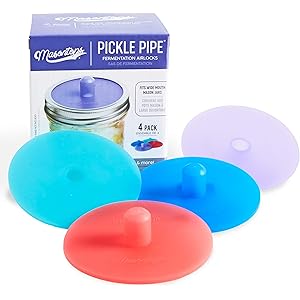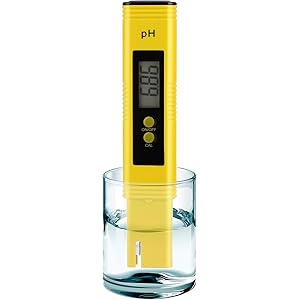Understanding Yeast Storage
Storing yeast properly is crucial for maintaining its viability and effectiveness in baking and brewing. Yeast is a living organism, and its health directly affects the fermentation process. Therefore, knowing the best way to store yeast can significantly impact your culinary results.
Types of Yeast
There are several types of yeast available, including active dry yeast, instant yeast, and fresh yeast. Each type has its own storage requirements. For instance, active dry yeast can be stored at room temperature, while fresh yeast requires refrigeration. Understanding these differences is essential for determining the best way to store yeast.
Room Temperature Storage
For those who use active dry yeast or instant yeast, room temperature storage is often sufficient. It is best to keep the yeast in a cool, dry place away from direct sunlight. Ensure that the package is tightly sealed to prevent moisture from entering, which can compromise the yeast’s effectiveness.
Refrigeration of Yeast
Fresh yeast, also known as cake yeast, must be refrigerated to maintain its potency. It should be stored in an airtight container to prevent it from drying out. The ideal temperature for storing fresh yeast is between 32°F and 34°F (0°C to 1°C). This helps to prolong its shelf life and ensures that it remains active when used in recipes.
Freezing Yeast
Freezing is another effective method for storing yeast, particularly for those who buy in bulk. Both active dry and instant yeast can be frozen to extend their shelf life. To do this, transfer the yeast to an airtight container or freezer bag, removing as much air as possible. When you’re ready to use it, simply thaw it in the refrigerator overnight.
Get more content like this!
Sign up to receive updates and new terms first hand.
Checking Yeast Viability
Before using stored yeast, it’s essential to check its viability. You can do this by performing a simple test: dissolve a teaspoon of sugar in warm water and add a teaspoon of yeast. If it bubbles and foams within 10 minutes, the yeast is still active. This step is crucial to ensure that your baking or brewing will be successful.
Avoiding Contamination
When storing yeast, it’s vital to avoid contamination. Always use clean utensils when scooping yeast from its container. Additionally, ensure that the storage area is free from strong odors, as yeast can absorb these smells, which may affect its performance in recipes.
Labeling and Dating
To keep track of your yeast’s freshness, label and date the containers. This practice helps you monitor how long the yeast has been stored and ensures that you use it within its optimal time frame. Generally, active dry and instant yeast can last up to two years when stored properly, while fresh yeast should be used within a few weeks.
Common Mistakes in Yeast Storage
One of the most common mistakes in yeast storage is exposing it to moisture. Yeast should never be stored in a humid environment, as this can lead to clumping and loss of potency. Additionally, opening the package frequently can introduce air and moisture, which can degrade the yeast over time.
Final Tips for Storing Yeast
To summarize, the best way to store yeast involves understanding the type of yeast you have, using appropriate storage methods, and regularly checking its viability. By following these guidelines, you can ensure that your yeast remains effective, leading to successful baking and brewing experiences.




